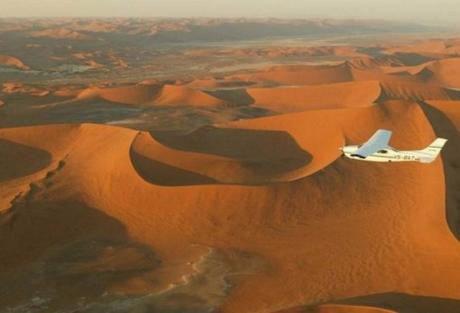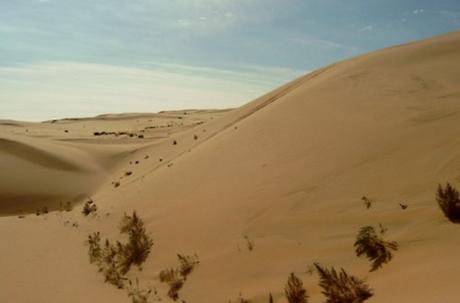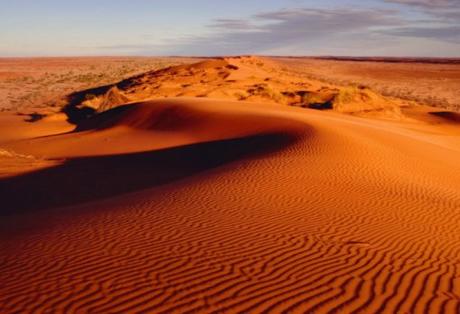 The Top 10 Largest Subtropical Deserts in the Entire World
The Top 10 Largest Subtropical Deserts in the Entire World
Believe it or not, there are several types of deserts because a ‘desert’ is a landscape or region that receives very little precipitation. From subtropical, polar and cold winter. But today we are just looking at the ten biggest subtropical ones…
The Top 10 Largest Subtropical Deserts in the Entire World

10 – Thar Desert, Northwest India (Approx Area: 100,386 sq Miles)
Wiki Info: The Thar Desert, also known as the Great Indian Desert, is a large, arid region in the northwestern part of the Indian subcontinent that forms a natural boundary between India and Pakistan.

9 – Namib Desert, South West Africa (Approx Area: 119,689 sq Miles)
Wiki Info: The Namib is a coastal desert in southern Africa. The name Namib is of Nama origin and means “vast place”. According to the broadest definition, the Namib stretches along the Atlantic coasts of Angola, Namibia, and South Africa, extending southward from the Carunjamba River in Angola, through Namibia and to the Olifants River in Western Cape, South Africa.

8 – Sonoran Desert, USA/Mexico (Approx Area: 119,691 sq Miles)
Wiki Info: In phytogeography, the Sonoran Desert is within the Sonoran Floristic Province of the Madrean Region in southwestern North America, part of the Holarctic Kingdom of the northern Western Hemisphere. The desert contains a variety of unique and endemic plants and animals, such as the saguaro and organ pipe cactus.

7 – Taklamakan Desert, China (Approx Area: 126,255 sq Miles)
Wiki Info: The name may be an Uyghur borrowing of the Persian tark, “to leave alone/out/behind, relinquish, abandon” + makan, “place”. Some sources claimed it means “Place of No Return”, more commonly interpreted as “once you get in, you’ll never get out” or similar.

6 – Turkestan Desert, Central Asia (Approx Area: 173,745 sq Miles)
Wiki Info: Turkestan, also spelt Turkistan, literally means “Land of the Turks” in Persian. It refers to an area in Central Asia between Siberia to the north and Tibet, India and Afghanistan to the south, the Caspian Sea to the west and the Gobi Desert to the east.

5 – Kalahari Desert, Southern Africa (Approx Area: 200,772 sq Miles)
Wiki Info: The Kalahari Desert is a large semi-arid sandy savannah in Southern Africa covering much of Botswana, parts of Namibia (known as South-West Africa from 1884 to 1990), and regions of South Africa.

4 – Gobi Desert, Central Asia (Approx Area: 500,002 sq Miles)
Wiki Info: The Gobi is a rain shadow desert, formed by the Himalayan mountain range blocking rain-carrying clouds from the Indian Ocean reaching the Gobi territory.

3 – Arabian Desert, Southwest Asia (Approx Area: 501,933 sq Miles)
Wiki Info: The Arabian Desert is located in Western Asia. It is a vast desert wilderness stretching from Yemen to the Persian Gulf and Oman to Jordan and Iraq. It occupies most of the Arabian Peninsula.

2 – Australian Desert, Australia (Approx Area: 1,478,771 sq Miles)
Wiki Info: By international standards, Australian deserts receive relative high rates of rainfall. Deserts are not necessarily completely devoid of vegetation but have large areas where vegetation is very limited in height or extent.

1 – Sahara Desert, Northern Africa (Approx Area: 3,474,920 sq Miles)
Wiki Info: The Sahara can be divided into several regions including the western Sahara, the central Ahaggar Mountains, the Tibesti Mountains, the Aïr Mountains, the Ténéré desert, and the Libyan Desert.

